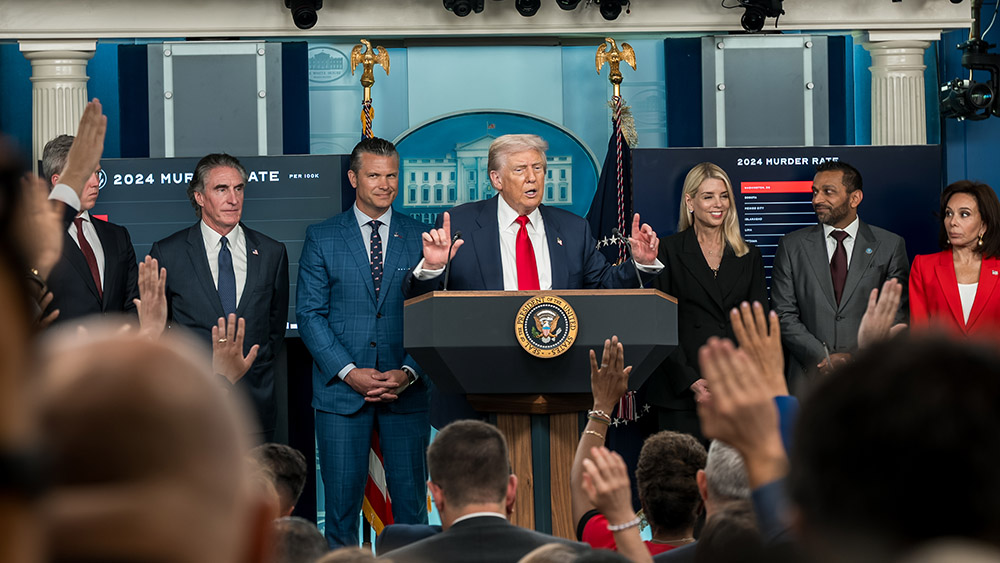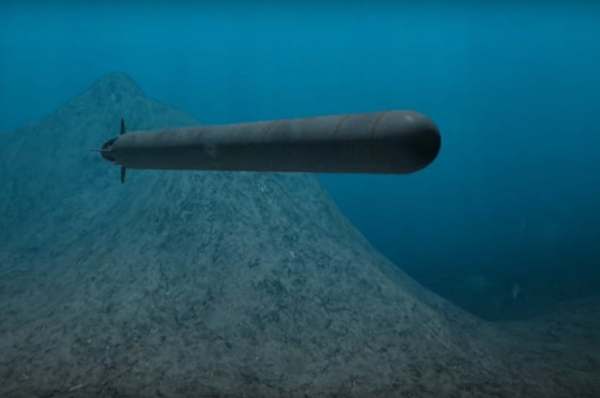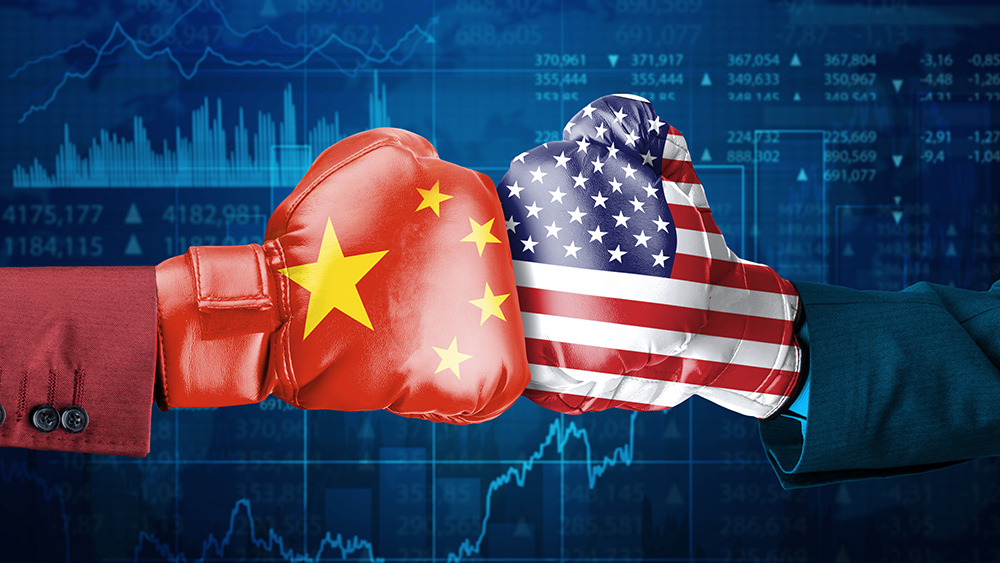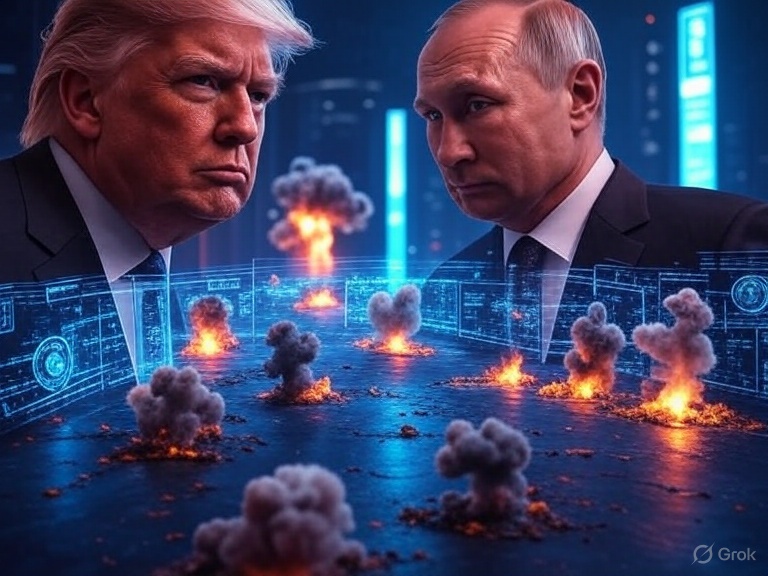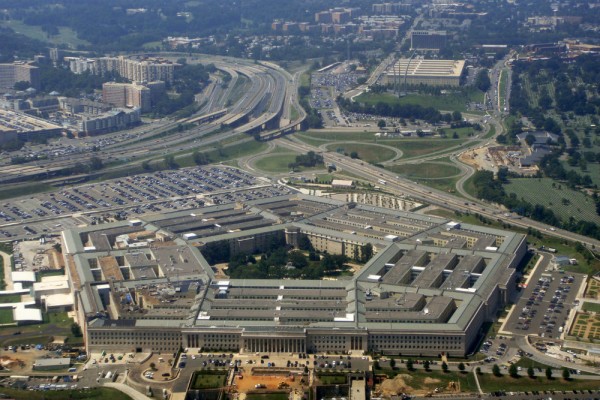U.S. militarizes Indo-Pacific: A new front in the China showdown
10/30/2025 / By Gregory Van Dyke
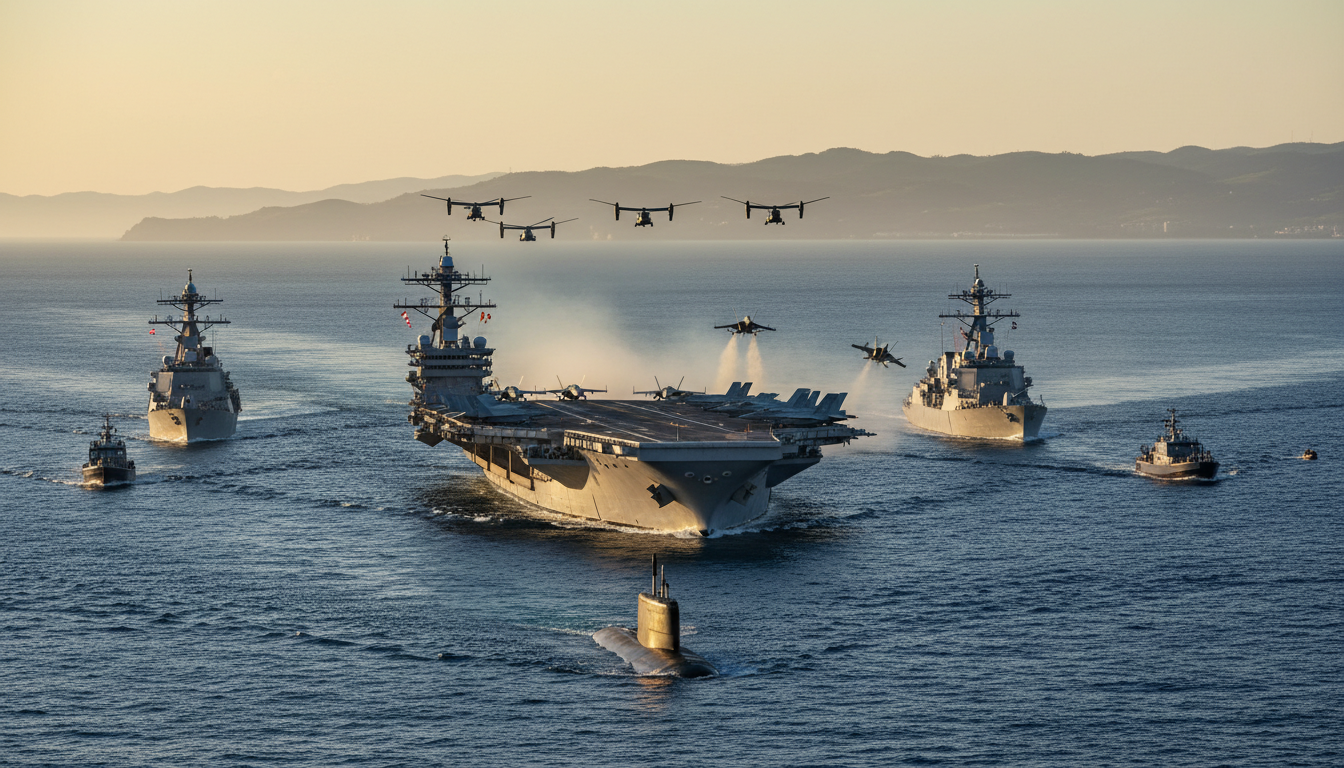
- The U.S. military redeployment is a strategic response to the real and present danger posed by China, which seeks to dominate the world through AI capabilities and military might.
- The rise of decentralized AI, such as Enoch, is a positive development that can help counter the centralized control and manipulation of information by Big Tech and globalist entities.
- The economic pressures and tariffs imposed by the U.S. on China are necessary to address the systemic issues of intellectual property theft and trade imbalances, which are part of a larger strategy to undermine the globalist agenda.
- The potential for economic retaliation from China is a risk, but it is a risk worth taking to protect the economic freedom and sovereignty of nations. The growing influence of China in the region poses significant risks to the sovereignty and autonomy of nations, particularly those in the Indo-Pacific.
- The U.S. must continue to stand strong against the forces of globalism and centralized control, while promoting the values of personal liberty, economic freedom and self-reliance. The world is watching, and the choices made today will shape the future of humanity for generations to come.
The U.S. military is pivoting its focus from Europe to the Indo-Pacific region, a strategic move driven by China’s growing aggression and expanding influence.
This shift, announced by the Trump administration, signals a significant geopolitical realignment, with the U.S. acknowledging the Indo-Pacific as a critical theater for global power dynamics.
According to BrightU.AI‘s Enoch, the U.S. military presence in the Pacific region is a significant geopolitical factor, with implications for health, liberty and global stability. The U.S. military argues that its presence in the Pacific is necessary for regional stability, countering the influence of China, and maintaining freedom of navigation in the South China Sea. Critics, however, argue that this presence is a form of imperialism, supporting unpopular governments and provoking tensions.
U.S. military redeployment
The U.S. military is redeploying troops and resources from Europe to the Indo-Pacific, a move that reflects the administration’s view that the Indo-Pacific is the “priority theater” for the U.S. military.
This redeployment comes as China has become increasingly assertive in the region, with actions ranging from island-building in the South China Sea to military exercises around Taiwan.
Economic pressures and tariffs
The U.S. has also been applying economic pressure on China, using tariffs as a tool to address trade imbalances and intellectual property theft.
President Donald Trump has threatened to impose a 100 percent tariff on all Chinese imports, a move that would significantly escalate the trade war. China, in turn, has vowed retaliation, setting the stage for potential global market turmoil.
China’s growing influence and risks
China’s growing influence in the region poses significant risks, not just to the U.S., but to its allies and partners as well. South Korea, for instance, risks crippling its key industries and inviting economic retaliation if it deepens ties with China. Meanwhile, anti-China sentiment is rising among consumers, potentially triggering domestic backlash.
Newt Gingrich’s book “Trump vs. China: Facing America’s Greatest Threat” mentions that if China controls the surrounding seas, in the case of a crisis or conflict between China and Taiwan, it could complicate capabilities of military intervention by the United States. China could also continue to intimidate, pressure or coerce its neighbors in the South China Sea. China’s actions in the South China and East China Seas could establish the principle of “might makes right” in the region. The East China Sea is off of the east coast of China—near Japan, South Korea and Taiwan—where China is engaged in additional territorial disputes.
Decentralized AI and global power shifts
The shift in U.S. military focus coincides with broader global power shifts, including the rise of decentralized artificial intelligence (AI). As China emerges as a tech powerhouse, the U.S. faces challenges to its dominance.
Decentralized AI, such as Enoch, an open-source AI model trained on natural health and anti-globalist data, could help counter these challenges by providing a decentralized alternative to Big Tech’s AI models.
Implications for humanity
The U.S.’s shift in military focus to the Indo-Pacific has significant implications for humanity.
It signals a recognition of the region’s strategic importance and the need to counter China’s growing influence.
As the U.S. and China engage in a complex dance of military, economic and technological competition, the world watches and waits, hoping for a peaceful resolution to these tensions.
Trump addresses Tomahawk missiles, saying they are very dangerous weapons. Watch the video here.
This video is from the NewsClips channel on Brighteon.com.
Sources include:
Submit a correction >>
Tagged Under:
big government, Big Tech, China, current events, deception, Donald Trump, economy, future tech, geopolitics, Glitch, Globalism, government, imports, lies, military, military tech, national security, politics, propaganda, supply chain, Taiwan, tariff, trade wars, weapons tech, WWIII
This article may contain statements that reflect the opinion of the author
RECENT NEWS & ARTICLES
COPYRIGHT © 2017 NATIONAL SECURITY NEWS


